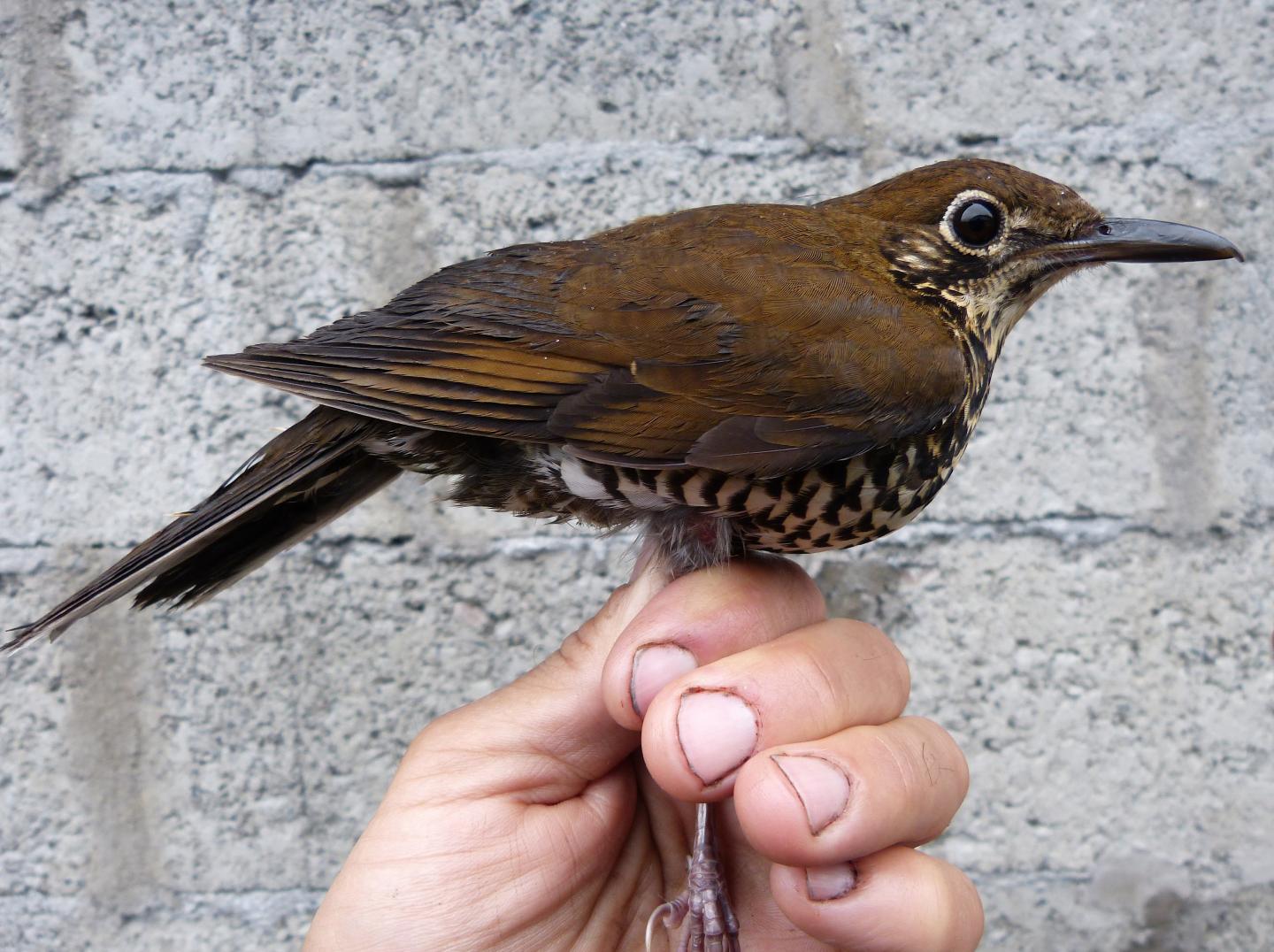The discovery of the Himalayan Forest Thrush (Zoothera salimalii) has been confirmed by a team of scientists hailing from Sweden, China, the United States, India and Russia. The new species was discovered in 2009 when ornithologists found that the Plain-backed Thrush (Zoothera mollissima) was not a single species but actually two.
The team of scientists was led by Per Alström of Uppsala University in Sweden. The scientists found that the Plain-backed Thrush found in a coniferous and mixed forest setting had a very musical song. In contrast, the thrushes found nearby but in rocky areas above the tree line had a very different song in addition to different physical characteristics.
The Sichuan Forest Thrush, the third species of Plain-backed Thrush had been previously acknowledged in China, but until now was only recognized as a subspecies.
The Sichuan Forest Thrush, the third species of Plain-backed Thrush had been previously acknowledged in China, but until now was only recognized as a subspecies. The three main groups of thrush are now classified as the Alpine Thrush, Himalayan Forest Thrush and Sichuan Forest Thrush. After DNA analyses, researchers found that the three species had been genetically separated for several million years.
BBC reports that the researchers believe that these three varieties of thrush began to evolve differently millions of years ago because of the different locations of their habitats. Some live in the forest, while others live on the rocky peaks of the mountains. These different habitats correspond to their differences in appearance and song.
The Alpine thrush, as published in the study, has the smallest bill with a fairly uniform coloring. The lores are heavily patterned in the Himalayan Forest Thrush in comparison to the other two species. The Sichuan Forest Thrush is significantly different from the other two as it has a larger skull, shorter wings and a longer tail. A fourth species, the Yunnan Thrush, has been possibly discovered during this study, but more research will be needed to confirm that finding.
























